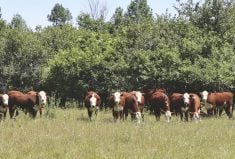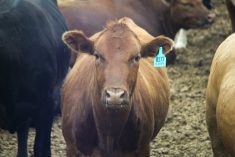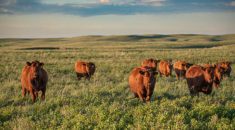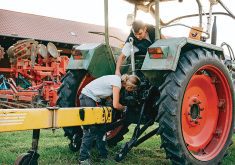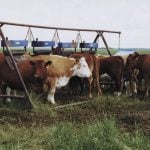Consumers have been asking for it, and now the Canadian beef industry is one step closer to proving its sustainability.
“We’re trying to find the impacts — both positive and negative — that come from beef production, from when an animal is born on the ground to when it becomes a kilogram of beef on a plate,” said Thomas Lynch-Staunton, chair of the Canadian Roundtable for Sustainable Beef’s sustainability assessment committee.
“Once we have those baselines, we can look at the areas where we are doing well, and find areas that we can improve on.”
Dubbed a ‘life cycle analysis,’ the study uses a complex set of data to measure the environmental, social, and economic aspects of beef production. Part of the work involves finding per-kilogram baseline numbers for things such as water use by cattle, carbon sequestration, and the amount of carbon dioxide generated in beef production.
Read Also
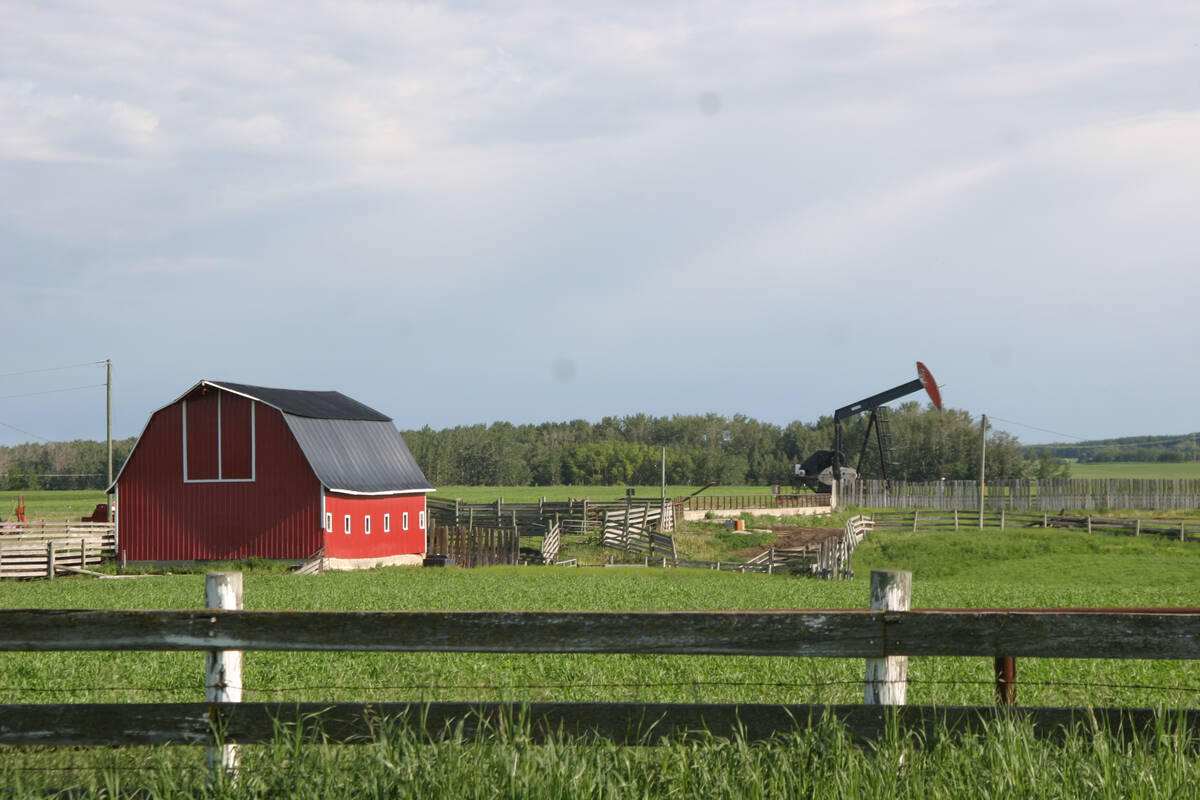
Recommendations in the mature assets strategy could cause potential problems for landholders
The Western Stock Growers’ Association urges producers to pay attention to the potential changes to Alberta’s Mature Assets Strategy.
“I really think that there are some really good things that will come out of this,” said Lynch-Staunton, who is director of industry relations at Livestock Gentec.
The preliminary findings also provide support for the sustainability ‘indicators’ being used by McDonald’s in its ‘verified sustainable beef’ pilot project.
“We are on the right track with both projects,” said Lynch-Staunton. “They will provide different types of information and that information will complement each other quite well.”
The Canadian Roundtable for Sustainable Beef will be developing its own set of indicators for sustainability based on the findings from the McDonald’s pilot project and the life cycle analysis. These indicators will be used to create best management practices.
The first phase of the life cycle analysis involved gathering data and compiling survey data, along with analyses of industry statistics and scientific literature.
The next step is to verify the findings and make sure they’re comparable to industry data. It will then go through several reviews, including by experts in animal health and welfare, biodiversity, and nutrition.
A final report is expected by September, to be followed by initiatives to create indicators and improve management practices.





